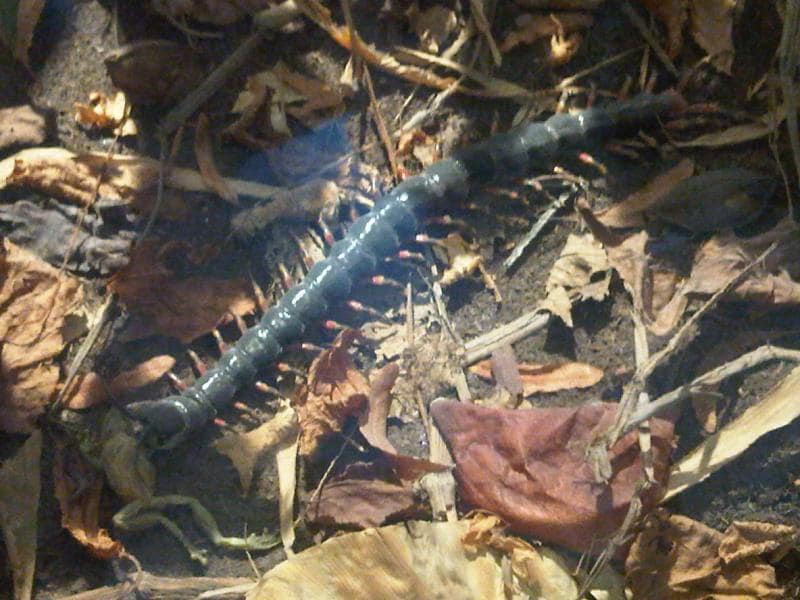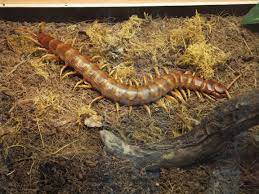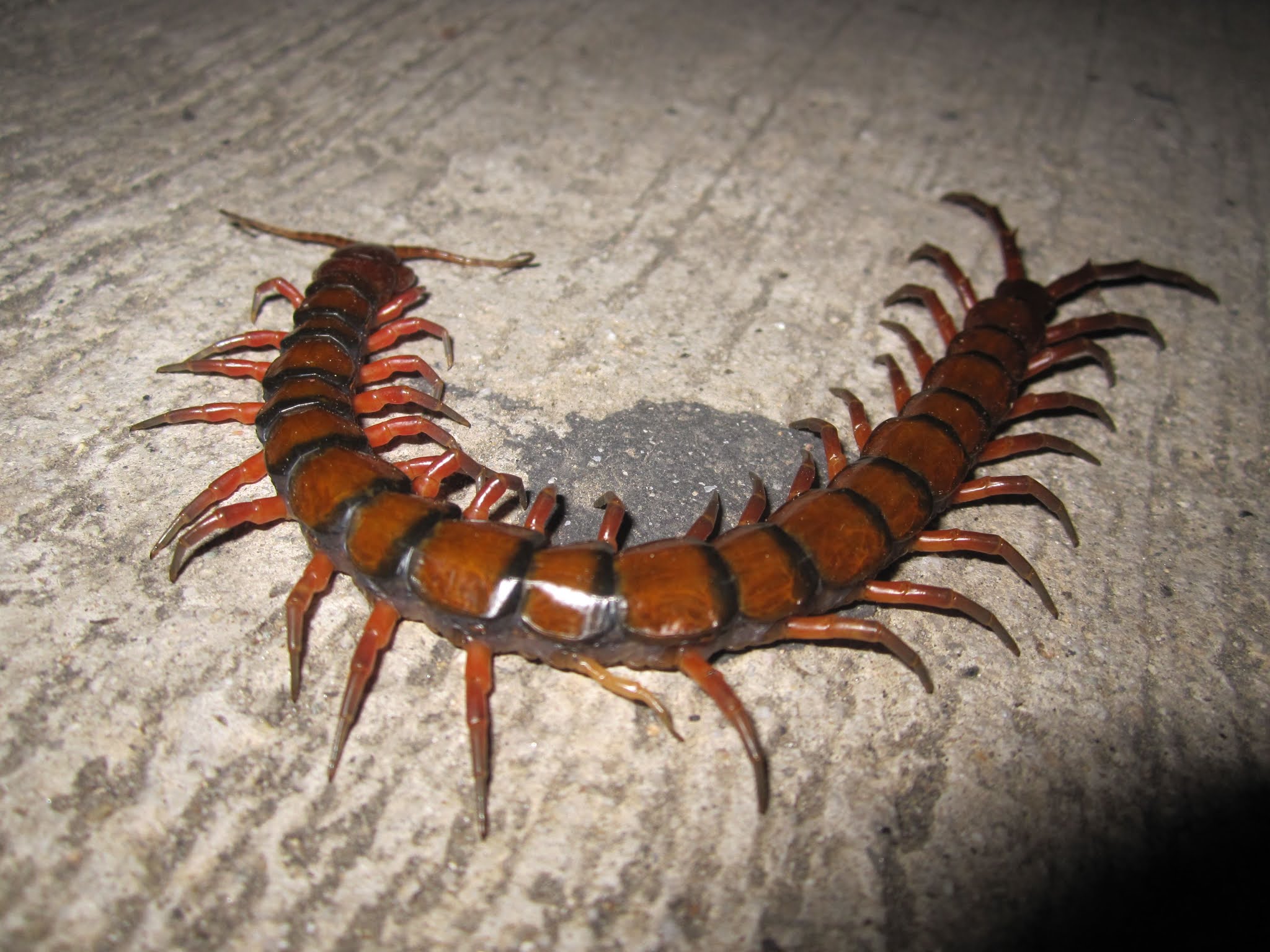 |
| Amazonian Giant Centipede, Multi-legged Predator |
Amazonian Giant Centipede, Multi-legged Predator. The Amazonian giant centipede, or Scolopendra gigantea, is a species of centipede that has earned this name due to its large size.
Just imagine, this centipede can reach a length of 30 centimeters. Despite its large size, this centipede is not the largest species of centipede in the world because there is still a species of Darwin's goliath centipede or in scientific language, Scolopendra galapagoensis which can reach 40 centimeters in length.
While the name Amazon in this animal refers to its natural habitat in the form of tropical and subtropical forests in South America. Despite the issues surrounding its size, the animal is known by another name for the Peruvian giant centipede.
Amazonian Giant Centipede, Multi-legged Predator
Basically not much different from other species of centipedes. The body is long, flat and divided into several dark segments. Each segment is equipped with a pair of yellowish legs.
On the head there is a pair of long, segmented antennae. The body's first pair of legs are equipped with poison glands to help the centipedes immobilize their prey.
Speaking of prey, the Amazonian giant centipede is a fierce predator. This long-bodied creature basically wants to eat any animal that is smaller or equal to its body. Whether it's insects, earthworms, snails, tarantulas, small reptiles, and even rats.
When hunting, the Amazonian giant centipede uses its lower jaws to hold onto its prey and its poisonous legs to immobilize its prey. With poison or venom, the Amazonian giant centipede can protect itself from large creatures that try to prey on its prey.
 |
| Amazonian Giant Centipede, Multi-legged Predator |
The Amazonian giant centipede is one of the animals that likes a dark and humid atmosphere for activities. It is not without reason that the Amazonian giant centipede has such behavior.
These centipedes have holes called spiracles along their body for breathing purposes. Because centipedes cannot seal their own spiracles, it is very easy for animals to lose moisture through the respiratory process and can die from dehydration if the ambient temperature is too high.
Reproductive Behavior
Little is known about the reproductive behavior of the Amazonian giant centipede. It is known that males make a kind of silk pouch to accommodate the sperm they excrete.
The female then uses the sperm in the silk pouch to fertilize her own egg. After that the female will circle her eggs to protect it from fungi and predators.
After hatching, the female parent will continue to care for her young until it is deemed strong enough to forage on her own. Giant Amazonian centipedes can live up to ten years.
The Amazonian giant centipede is a dangerous animal to humans and should not be handled carelessly if not trained. The reason is none other than because this animal can use its poison to attack humans.
The good news is, although the poison from the Amazonian giant centipede is painful and can give its victims a fever, the poison from the Amazonian giant centipede does not cause death.
Furthermore, the Amazonian giant centipede is an animal that should be left alone if it is not disturbing as it helps control the population of insect pests in their habitat.
 |
| Amazonian Giant Centipede, Multi-legged Predator |
The Amazonian giant centipede has recently become one of the most exotic pets due to its large size and exquisite appearance.
Maintaining Amazonian giant centipedes itself is basically not difficult because these animals only need a large aquarium which is basically equipped with moist soil as a place to live.
For food, these centipedes can be fed crickets once a week. The container or aquarium used to keep the Amazonian giant centipede should not be exposed to direct sunlight to prevent the animal from feeling agitated by overheating. By: Ochie











0 comments